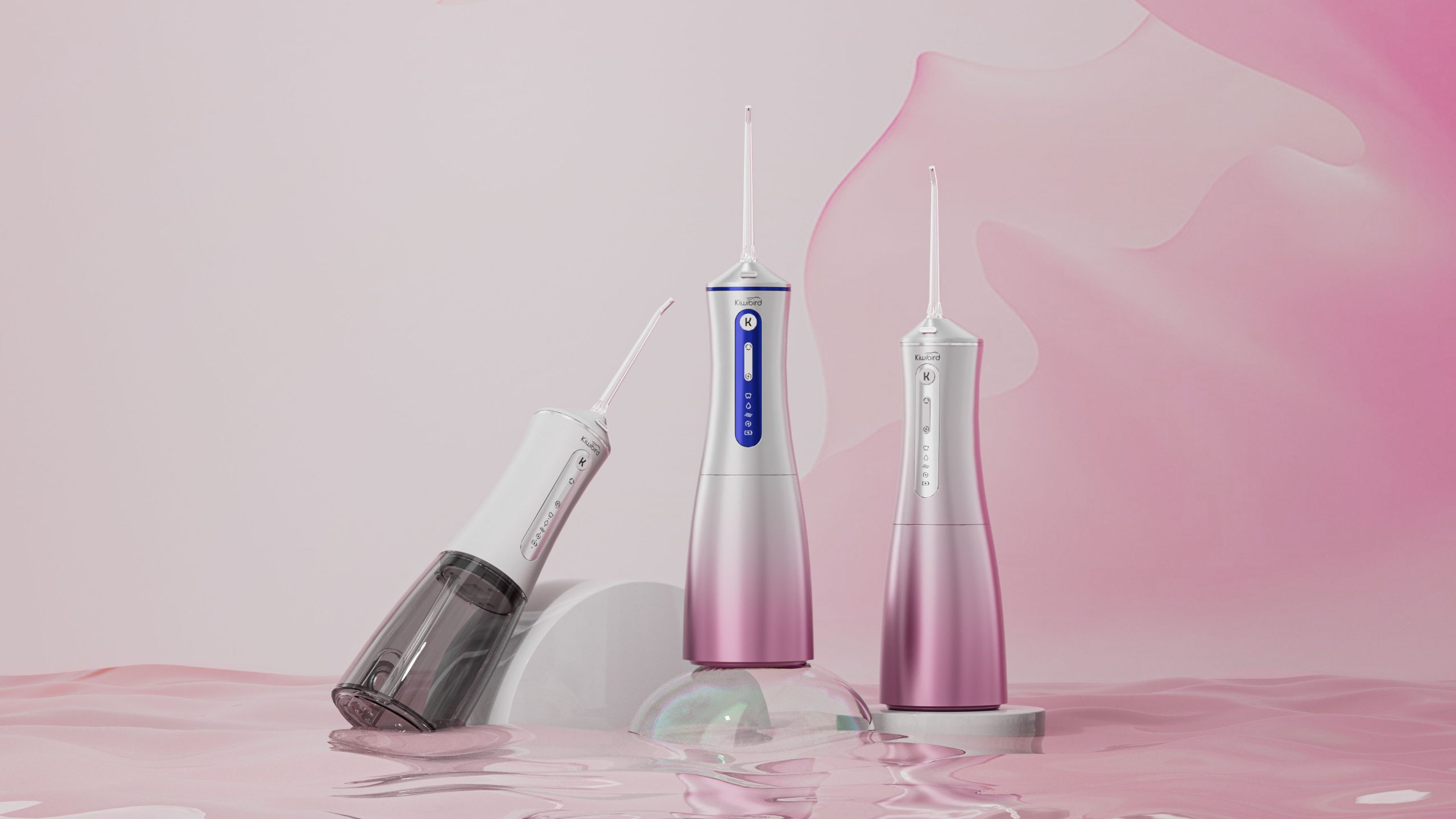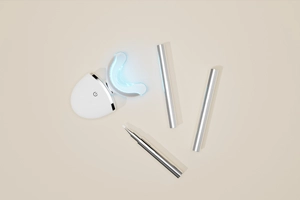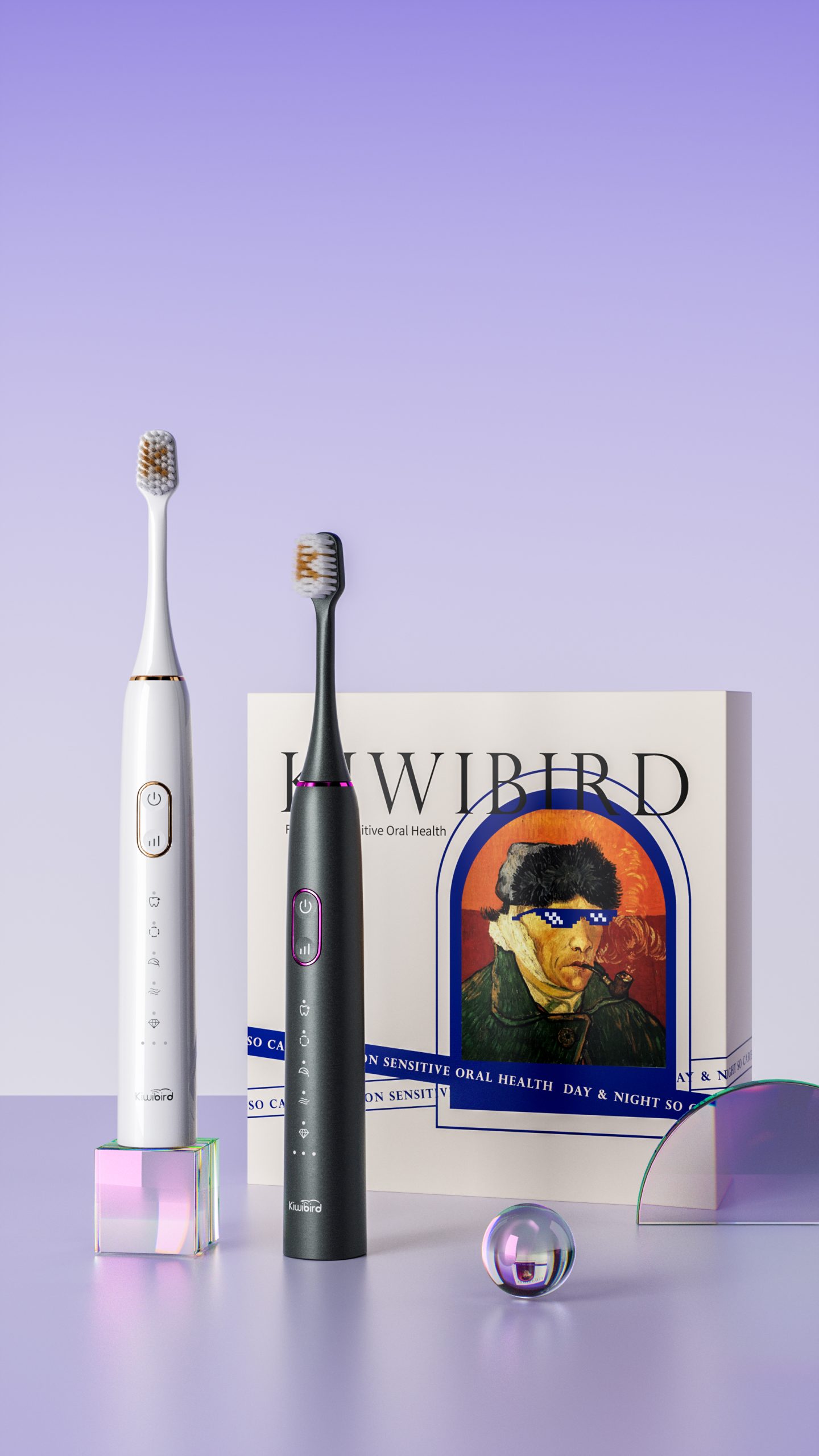In the competitive oral care device market, pulse instability—fluctuating or irregular jet or vibration output—has often been brushed off as a minor firmware or hardware imperfection. However, recent user reports and clinical observations suggest a potential link between inconsistent pulses and a more serious concern: enamel erosion. Could uneven mechanical output in devices like water flossers or sonic toothbrushes be gradually undermining enamel health? This article explores the connection and outlines how manufacturers can prevent this emerging risk.
Pulse instability refers to the irregular delivery of energy pulses—either in frequency, amplitude, or duration—during the operation of an oral care device. In products such as:
Pulse irregularities can arise from:
Such instabilities result in unpredictable pressure spikes or drops, which can affect both performance and user comfort.
Enamel erosion refers to the gradual wear of the tooth’s outermost protective layer, caused by physical abrasion or acid attack. Unlike cavities, erosion is non-bacterial and often overlooked until symptoms—such as sensitivity or discoloration—appear. Importantly, once enamel is lost, it cannot regenerate. Risk factors include:
When oral care devices exhibit pulse instability, they can deliver excessive or poorly directed mechanical force, accelerating surface enamel wear. Company web:https://www.powsmart.com/product/electric-toothbrush/
While not a direct cause, pulse instability acts as a mechanical multiplier of existing enamel vulnerabilities. For example:
Over time, these cumulative effects can contribute to early-stage enamel erosion, particularly in users with thinner enamel or a high-acid diet.
Preventing pulse instability starts with robust product engineering. B2B manufacturers should prioritize:
Designing for pulse stability ensures consistent performance and protects user enamel integrity.
To validate pulse consistency and rule out enamel erosion risk, manufacturers should incorporate:
These tests not only support R&D improvements but can also serve as strong selling points during OEM/ODM negotiations.
By proactively addressing pulse instability, manufacturers can turn a potential liability into a product differentiator. Consider:
As awareness of enamel erosion grows, brands that demonstrate control over this variable will win credibility among dentists, end-users, and global partners alike.
While the link between pulse instability and enamel erosion is subtle, it’s no less important. For oral care device manufacturers, overlooking such interactions may lead to long-term user dissatisfaction or even product liability. By investing in pulse stabilization and verifying enamel safety during product development, manufacturers not only protect users—but also enhance product quality, longevity, and brand reputation in a highly competitive global market. Contact us



The Manufacturing Process of the Water Flosser
.jpg)
How the Quadpacer Timer helps you achieve balanced cleaning

Things you should know about LED teeth whitening devices
Gel Crystallization with pH Imbalance – Toxic?

How Much Do You Know About the Knowledge of the Water Pump?
.jpg)
Need a wholesale toothbrush that supports OEM toothbrush customization?
.jpg)
How can an Austin corporate gift boost employee wellness?
Dental Care Electric Toothbrush for Grandparents

How to Fix Vibrating Toothbrush Issues via DIY Motor Troubleshooting?
High-Performance Electric Toothbrush for Braces – Bulk Supply for Dental Clinics

Red, Blue & Purple Light: A Complete OEM Solution for Advanced Oral Care Products

Compact Electric Toothbrush Design: Key Features for Travel & Minimalist OEMs

Precautions During Use – Maximize the Effectiveness of the Home Teeth Whitening Device

How Does the Powsmart Kids Toothbrush with Fun Timer Toothbrush Engage Through Games?

How Can oral care Brand Owners Enhance brand influenceThrough Product Expansion Strategies?

Why the Seattle quiet toothbrush is the best Seattle apartment toothbrush?

electric toothbrush heads Charcoal Infuse-Round

electric toothbrush heads Regular Clean

Private Label Whitening Gel

electric toothbrush heads Deep Clean

Customization Teeth Whitening Gel

electric toothbrush heads Ultra Soft

Electric toothbrush heads Charcoal Infused-Diamond
.jpg)
Florida Electric Toothbrush – Powsmart PTR-C8
whstapp
whstapp
National Toll-Free Service Hotline
+86 755 86238638